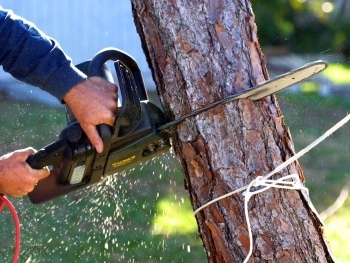When you hit the brake pedal in your car, you expect it to slow down or stop. But have you ever wondered how your car's brakes actually work? Let's take a closer look at the science behind this crucial component of your vehicle.
The Basics
The basic principle behind your car's brakes is simple: friction. When you press the brake pedal, it activates a hydraulic system that sends brake fluid to each wheel. This fluid activates the brake calipers, which in turn press brake pads against the rotors. The friction generated by this contact between the pads and rotors slows down or stops the car.
The Components
To understand how this friction creates braking power, let's look at the individual components of your car's brake system:
- Brake pedal: When you press the brake pedal, it activates the master cylinder, which sends brake fluid to the brake calipers.
- Master cylinder: This component generates hydraulic pressure that sends brake fluid to the wheels.
- Brake fluid: A type of hydraulic fluid that amplifies the force applied by the brake pedal.
- Brake calipers: These hold the brake pads and squeeze them against the rotor to create friction.
- Brake pads: These are made of high-friction materials, like ceramic or metallic compounds, that grip the rotor to slow it down.
- Rotors: These metal discs are attached to the wheel hub and spin with the wheel. When the brake pads squeeze them, they slow down the car.
The Science of Friction
Friction is the key component that makes your brakes work. When the brake pads and rotors come into contact, the friction between them converts kinetic energy (motion) into thermal energy (heat), which dissipates into the air. The greater the friction, the greater the force applied to the wheels, and the faster the car slows down.
The Science of Brake Material
To maximize friction, brake pads are made of materials that can withstand high temperatures and resist wear. Ceramic pads are known for their durability and low noise, while metallic pads have a higher coefficient of friction but can be noisy and create more brake dust. Some pads are also designed to produce less dust or minimize wear on the rotors.
In conclusion, your car's brake system is a complex and critical component that relies on the science of friction and material properties to slow down and stop your car. Regular maintenance, including brake inspections and replacements, can ensure that your brakes are working properly and keep you safe on the road.




